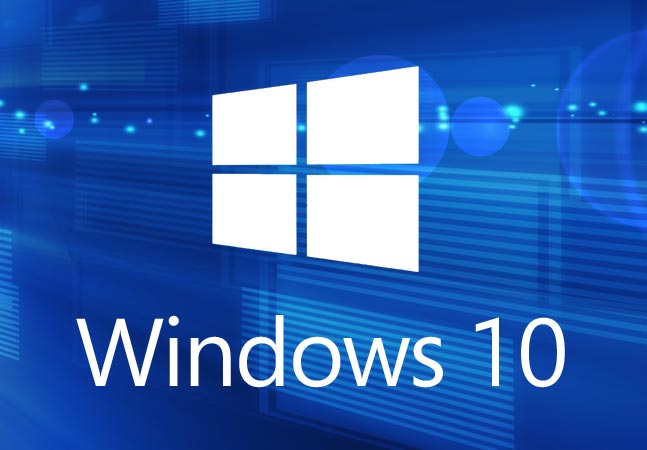Microsoft has officially announced the end of life (EOL) for Windows 10
Microsoft has officially announced the end of life (EOL) for Windows 10, marking a significant shift for businesses and individual users alike. As support for the operating system phases out, understanding the implications and necessary steps is crucial for a smooth transition.

Windows 10 End of Support Timeline
Microsoft will discontinue support for Windows 10 on October 14, 2025. After this date, the operating system will no longer receive security updates, bug fixes, or technical support, leaving devices vulnerable to cyber threats.
Why Is Microsoft Ending Support?
Microsoft follows a lifecycle policy for its operating systems, ensuring innovation and security advancements. The retirement of Windows 10 aligns with the company’s push toward Windows 11, which offers enhanced security, performance, and productivity features.
Risks of Continuing to Use Windows 10
After the EOL date, Windows 10 devices will become increasingly susceptible to malware, ransomware, and other security vulnerabilities. Without regular updates, compatibility issues with new software and hardware may also arise, affecting performance and usability.
Upgrading to Windows 11
To ensure security and efficiency, users are encouraged to upgrade to Windows 11. The new OS includes advanced security measures like TPM 2.0 and Secure Boot, a modernized interface, and improved multitasking capabilities. However, users must check hardware compatibility before upgrading.
Alternatives for Organizations
Businesses that rely on Windows 10 may consider enterprise extended support options or migrating to Windows 11. Organizations with legacy applications that depend on Windows 10 may need virtualization solutions or alternative security measures to mitigate risks.
Preparing for the Transition
Users should start planning their migration strategy now to avoid last-minute disruptions. Backing up data, checking hardware requirements, and training employees on Windows 11 features can facilitate a seamless transition.
The Future Beyond Windows 10
As Microsoft continues to innovate, future versions of Windows will likely focus on AI integration, cloud-based solutions, and enhanced security. Staying updated with Microsoft’s developments will help users make informed decisions regarding their digital environment.
Windows 10’s EOL marks the end of an era, but it also presents an opportunity to embrace newer, more secure technologies. Whether upgrading to Windows 11 or exploring alternative solutions, proactive planning is key to ensuring continued productivity and security in a post-Windows 10 world.











